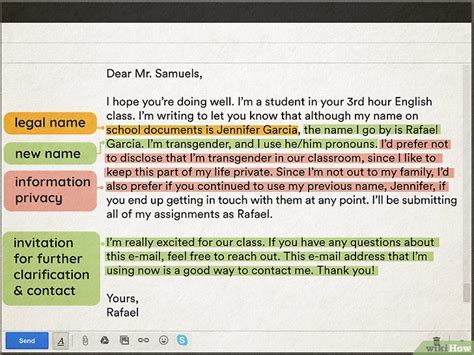Navigating the academic landscape can be daunting, especially when navigating the complexities of respectful pronoun usage. Professors, as educators and role models, play a crucial role in creating inclusive and supportive learning environments. Here’s a comprehensive guide to ensure you address your professor with they/them pronouns appropriately and respectfully.

Understanding They/Them Pronouns
They/them pronouns are gender-neutral third-person singular pronouns used to refer to individuals who identify outside of the traditional binary gender categories (male or female). These pronouns are used when someone’s gender identity does not align with their biological sex or when they prefer not to identify with a specific gender.
Addressing Professors with They/Them Pronouns
1. Use Their Pronouns Consistently:
The most important aspect of respecting a professor’s pronouns is to use them consistently in all forms of address. Avoid using gendered pronouns like “he” or “she” and opt for “they” instead. For example, instead of saying, “I need to ask him a question,” say, “I need to ask them a question.”
2. Avoid Gendered Language:
When addressing your professor, refrain from using gendered terms or titles such as “Mr.” or “Ms.” Instead, use their first name or a gender-neutral title like “Professor.” For example, say, “Good morning, Professor Jones” instead of “Good morning, Mrs. Jones.”
3. Be Respectful of Their Identity:
It’s crucial to remember that a person’s pronouns are an integral part of their identity. Always treat your professor with respect and sensitivity, and avoid making assumptions or judgments based on their pronouns.
Formal and Informal Settings
1. Formal Settings (e.g., Lectures, Office Hours):
In formal settings, it’s recommended to address your professor with their title followed by their last name. For example, you can say, “Professor Smith, I have a question about the assignment.”
2. Informal Settings (e.g., Small Group Discussions, Emails):
In less formal settings, it’s acceptable to address your professor by their first name. However, always ensure you have their permission to do so. If you’re unsure, it’s best to err on the side of formality.
Frequently Asked Questions
1. How do I ask about someone’s pronouns if I’m unsure?
Politely ask the individual their preferred pronouns. A respectful way to do this is by saying, “Excuse me, I just wanted to confirm your pronouns. Would you like me to use they/them or do you prefer something else?”
2. What if I accidentally use the wrong pronoun?
If you accidentally use the wrong pronoun, apologize immediately and correct yourself. Avoid making a big deal about it, but also acknowledge the mistake and assure the person that you’re trying to be respectful.
3. Is it necessary to write their pronouns in emails?
Including your pronouns in emails is a simple yet effective way to demonstrate your respect for others’ identities. Add your pronouns to your email signature or mention them in the body of the email.
Resources for Support
If you’re struggling to navigate pronoun usage or have any questions, don’t hesitate to reach out for support. Here are some resources:
- Campus LGBTQ+ Resource Center
- Office of Diversity and Inclusion
- Faculty or Staff Development Programs
Conclusion
Creating an inclusive and respectful learning environment requires mutual understanding and cooperation. By using they/them pronouns appropriately and consistently, you can show your professor that you value their identity and support their right to live authentically. Remember, it’s a journey of learning and growth, and everyone makes mistakes along the way. The key is to approach these moments with empathy and a willingness to improve.
